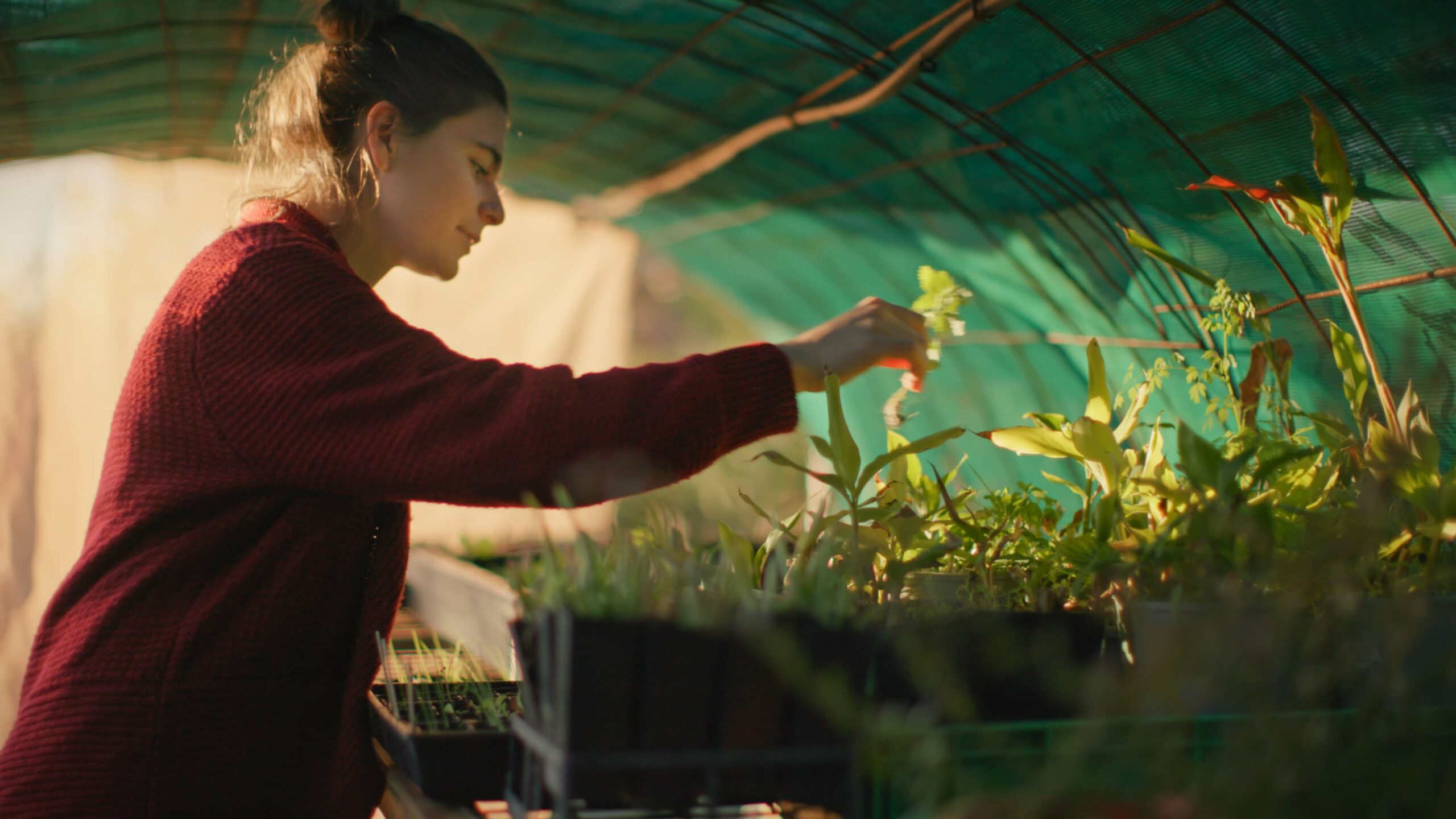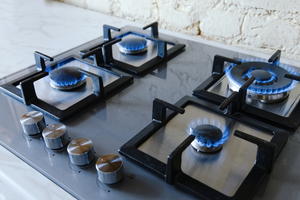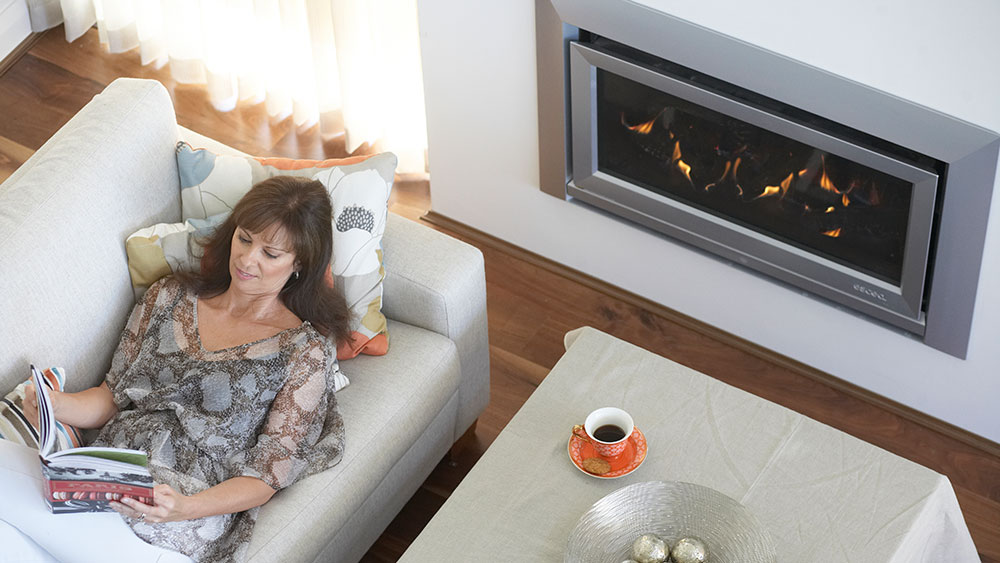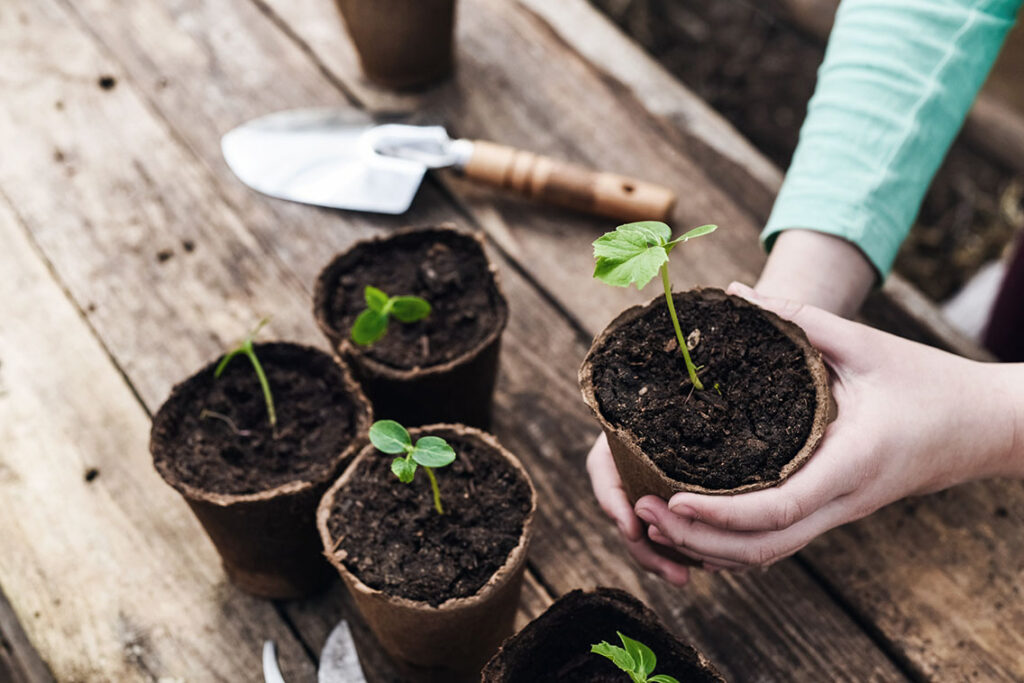Carbon offsetting and going carbon neutral – what does it all mean?
Simply put, by purchasing carbon offsets, you are balancing out your carbon footprint by purchasing the removal or reduction of carbon emissions at another location. This is one of the simplest ways we can reduce our impact on the environment.
What is carbon offsetting?
Carbon offsetting is the process of balancing out emissions produced every day, by purchasing carbon offset units which represent a specific reduction of carbon dioxide in the atmosphere. 
Carbon offsets are generated by projects that reduce, remove or capture greenhouse gas emissions from the atmosphere. For example, a project may reduce emissions by improving energy efficiency, or capture emissions by reforesting land.
These projects must meet strict standards to be able to earn carbon offsets. These offsets can then be sold. By purchasing a carbon offset, an individual or organisation helps to fund a project.
To use the carbon offset unit to balance out an emission elsewhere, the offset is ‘surrendered’ or ‘retired’ so that no one else can claim the benefit of these units.
What are the benefits of carbon offsetting?
The goal of carbon offsetting is to reduce or remove our carbon footprint. An activity that has been completely offset is said to be carbon neutral.
Carbon offset projects often have other benefits beyond reducing emissions, such as enhanced biodiversity, employment creation and improved health and education.
Kleenheat endeavours to support projects that create these additional benefits for the broader community and our shared environment.
Fun fact: One carbon offset unit represents one tonne of carbon (or emissions) captured, avoided, or removed from the atmosphere.
How is carbon offsetting relevant to people in the local and global community?
Every one of us contributes to climate change through our day to day activities.
We all use an appliance or machinery of some sort, whether it’s a personal vehicle or public transport, household appliances including heating and cooling, and even the food we eat, and the waste we produce. 
Carbon offsetting is also something that organisations around the world are starting to do, and also offering to their customers. Many are committed to becoming net zero which means that they will actively seek to reduce their emissions (e.g. by using renewable electricity) and then offset any emissions they can’t avoid so that their net carbon footprint is zero.
We can all help to reduce emissions by changing our behaviours or choosing cleaner alternatives. But in some cases, it’s difficult to avoid making emissions which is where carbon offsetting comes in.
By purchasing and retiring carbon offsets we can balance out our emissions so that we reduce our contribution to climate change.
What are emissions?
Greenhouse gas emissions are created in a number of ways, such as when fossil fuels are burnt or natural gas is used to heat your home. 
The most common greenhouse gas is carbon dioxide but there are also others such as methane and nitrous oxide. These gases take a long time to break down in the atmosphere – up to hundreds or thousands of years!
The build-up of these gases in the atmosphere acts like a blanket around the earth, causing the planet to warm and the climate to change.
We are already seeing the impact of climate change and this will get more extreme over time, negatively affecting our environment and communities in both the short and long term.
Need some ideas on how to make a difference at home and in your community.
You can contribute directly or indirectly in helping make a difference.
Make a difference directly; use less electricity and consider installing solar panels at home. Can you buy an electric vehicle, or use more public transport? Research food production and avoid foods that are emissions intensive.
Here are a few more ways to be more environmentally conscious in and around your home.
- Four ways to be more environmentally conscious at home.
- Decluttering? Here’s a list of where you can donate your pre-loved items in WA.
- Eight simple ways to reuse and recycle more at home – by recycling more, manufacturers can then use more recycled content, instead of using virgin fossil fuels.
- Worried about food waste or wish you knew how to grow your own produce? Join a local Community Garden.
Go carbon neutral with Kleenheat. 
Kleenheat is committed to a healthy, safe and sustainable future for all.
That’s why we’re continuing to make changes to our business practices to reduce our footprint in line with our long-term sustainability plan.
One of our solutions is introducing the option for our customers to opt-in to offset their household natural gas usage. Together, we can take action locally for a greater cause.